
The fortress of Kamerlengo (Tvrđava Kamerlengo) saw its construction by the Venetians in the 15th century. At that time, it extended existing structures in the old town of Trogir. This town has been a UNESCO World Heritage Site since 1997. [German]
You only see what you know (Goethe)

The fortress of Kamerlengo (Tvrđava Kamerlengo) saw its construction by the Venetians in the 15th century. At that time, it extended existing structures in the old town of Trogir. This town has been a UNESCO World Heritage Site since 1997. [German]
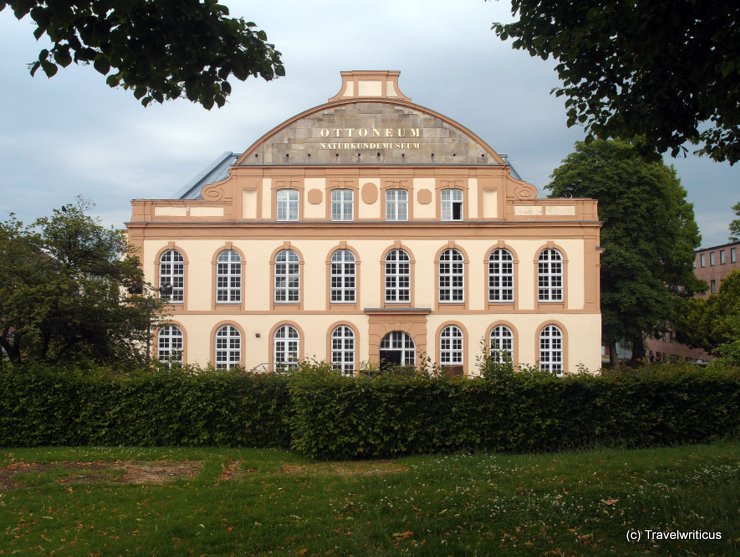
The building was erected as a theatre by architect Wilhelm Vernukken in 1603/1606. The commissioner was Landgraf Moritz, who named the Ottoneum after his son Otto. Today, a natural history museum is housed here. [German]
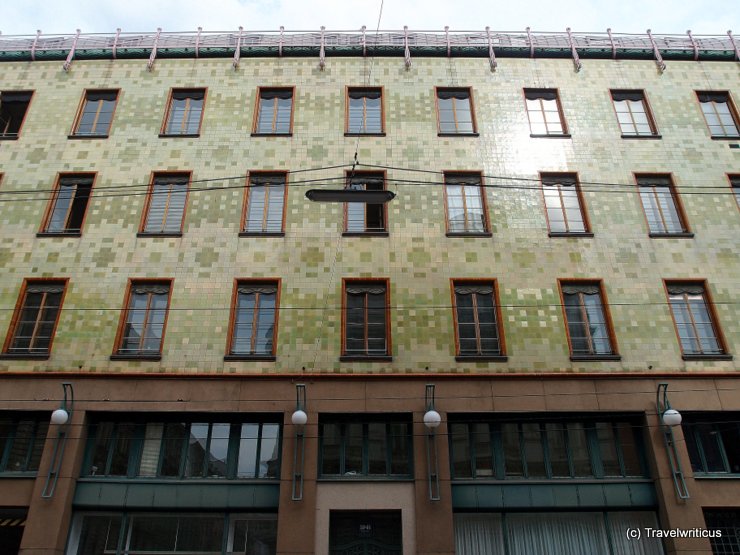
Architect Max Fabiani built this house for the company Portois & Fix in 1899/1901. The tiles on the façade are from the Hungarian porcelain manufacturer Zsolnay. The unique front evoked from using tiles with two different shades of green. [German]
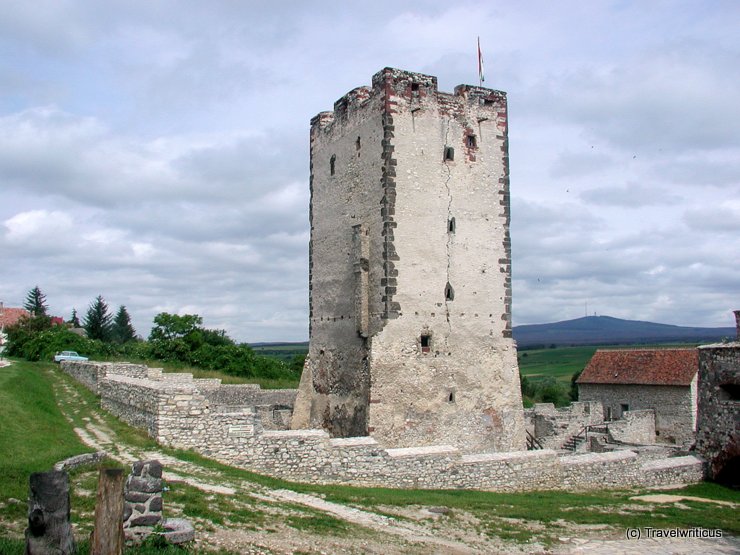
This tower is part of a former stronghold owned by the legendary Hungarian military leader Pál Kinizsi. By climbing up Kinizsi Castle (Kinizsi-vár), I learned something new about the interior of tower houses in the medieval ages. [German]
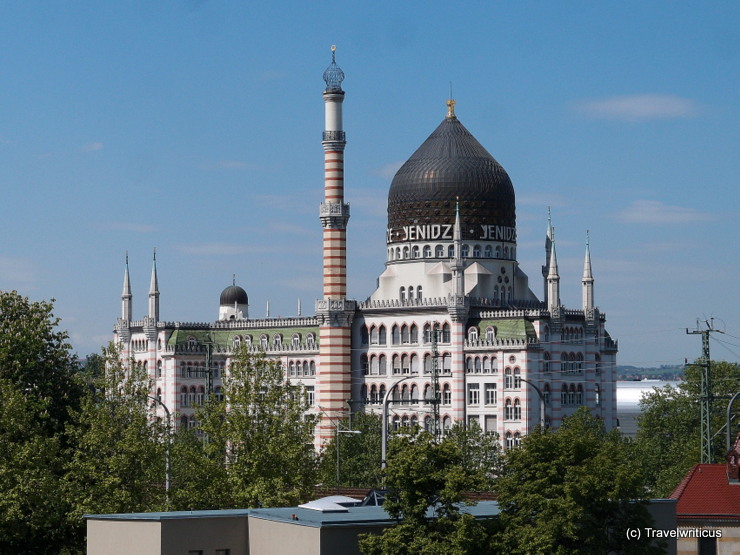
The former cigarette factory building was designed by architect Martin Hammitzsch in 1907. The company name referred to the Ottoman place Yenidze (the Greek Genisea of today), where the tobacco was bought from. Today, the house serves as an office building. [German]
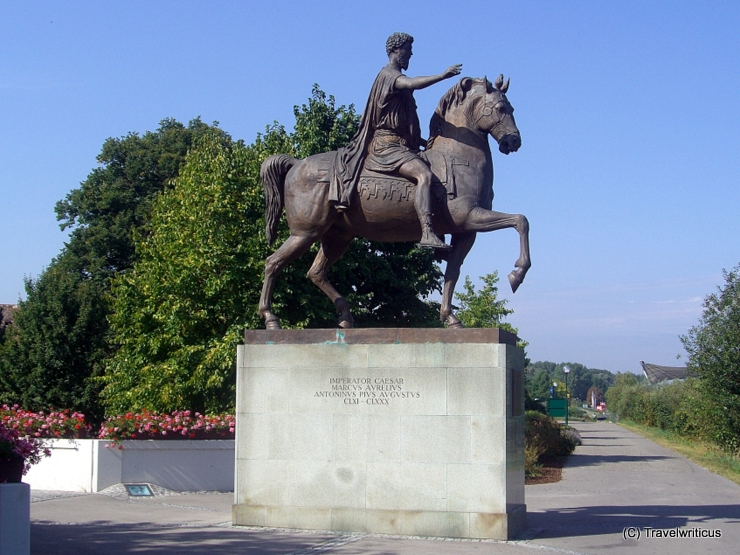
This equestrian statue of emperor Marcus Aurelius is a replica of the one that stood on Capitols Square (Piazza del Campidoglio) in Rome. The sculpture in Tulln commemorates that a Roman camp named Comagena was the predecessor of the modern city. [German]
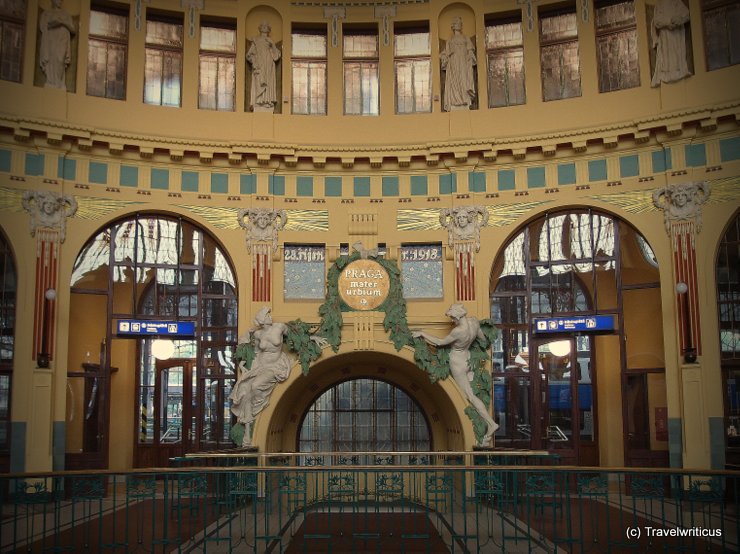
The Art Nouveau hall in Prague’s Central Station (Praha hlavní nádraží) gives a glimpse of the former splendour and glory of the Habsburg Empire. It was designed by Josef Fanta (1856-1954) and opened in 1909. [German]
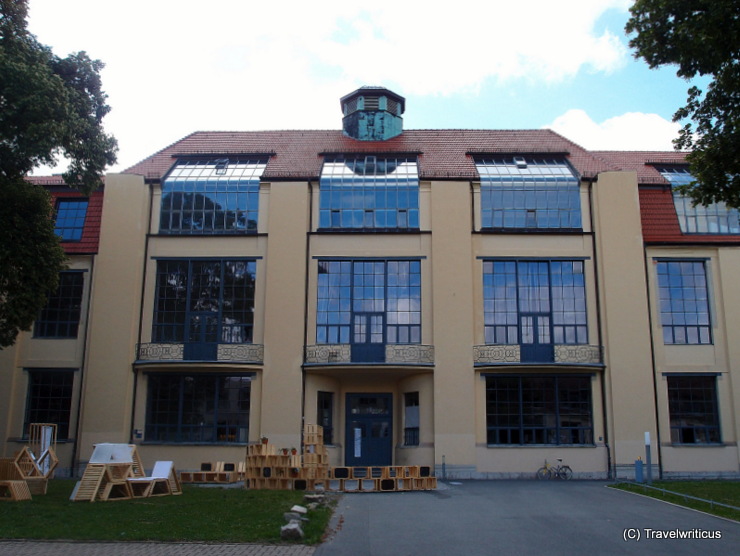
This building, designed by Henry van de Velde, saw its completion in 1911. At that time, it housed the sculptors’ studios at the Grand Ducal Saxon Art School. Today, it forms the main building of the Bauhaus University and is considered a World Heritage Site.
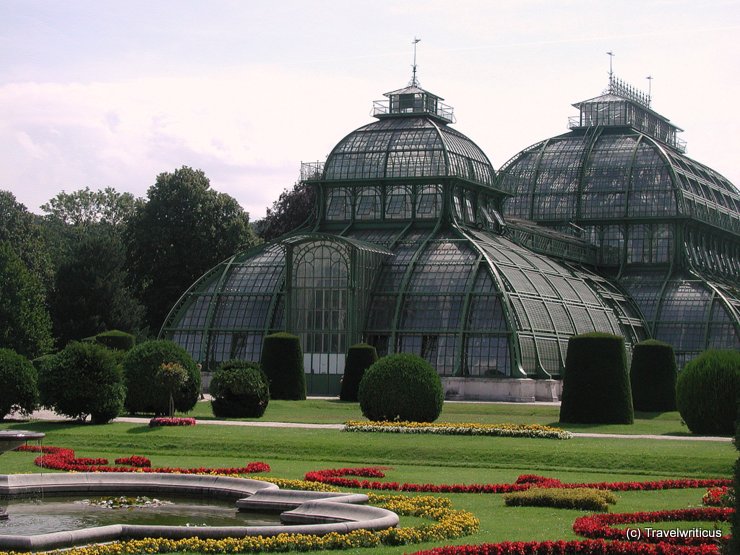
The Great Palm House Schönbrunn (Großes Palmenhaus Schönbrunn) stands on the grounds of Schönbrunn Palace in Vienna. Its construction bases of 720 tons of wrought iron and cast iron. About 45,000 glass tiles enable a fabulous light.
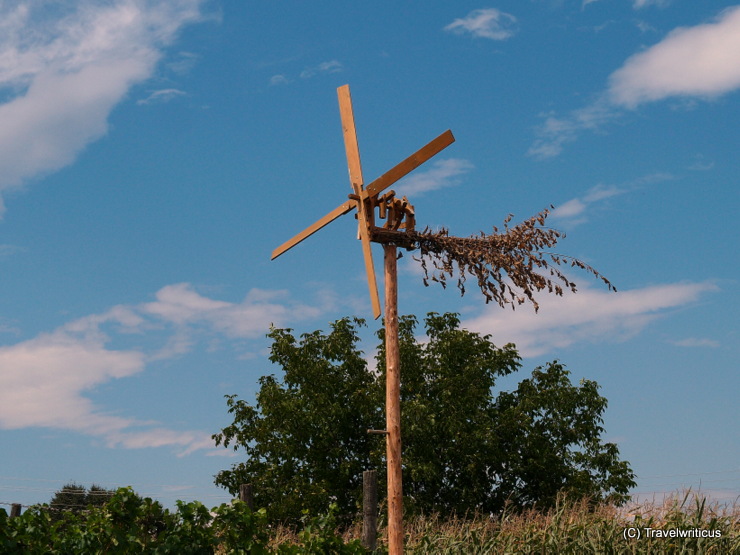
An iconic rural element in Slovenia is the Klopotec. It is a sort of bird-scaring rattle. You find it in many traditional Slovenian wine-growing areas. They are also common in some parts of Austria (esp. Styria) and Croatia (esp. Zagorje).
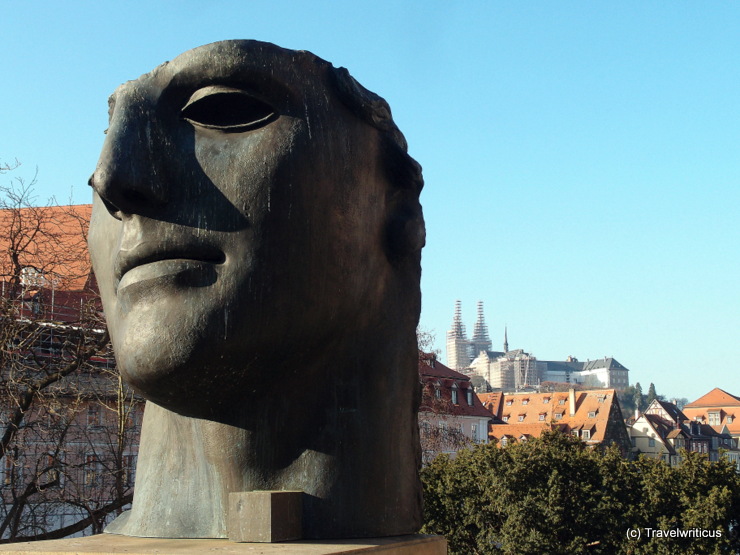
The sculpture Centurione I was created by the Polish artist Igor Mitoraj in 1987. It stands near the Old Town Hall of Bamberg at the eastern end of the Untere Brücke (Lower Bridge). [German]
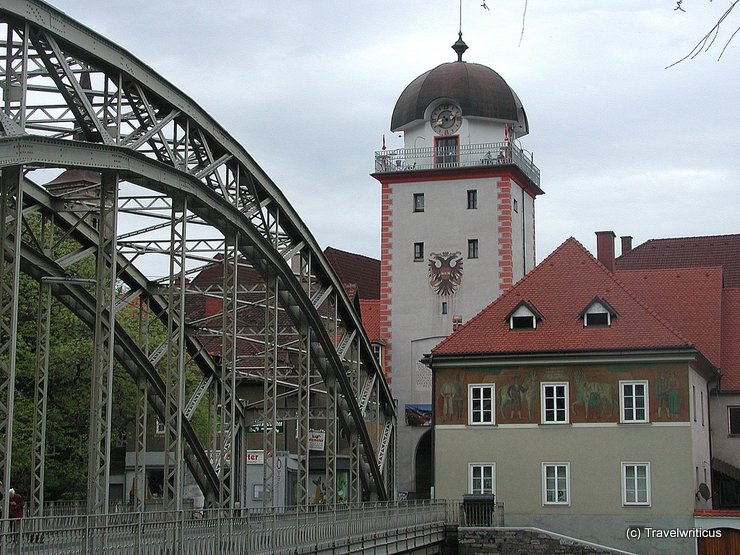
Master builder Peter Carlone built this tower in 1615. In the beginning, the name of this building referred to its function. It was called Mautturm (toll tower). After getting its unique roof in 1794, the name Schwammerlturm (mushroom tower) became common.